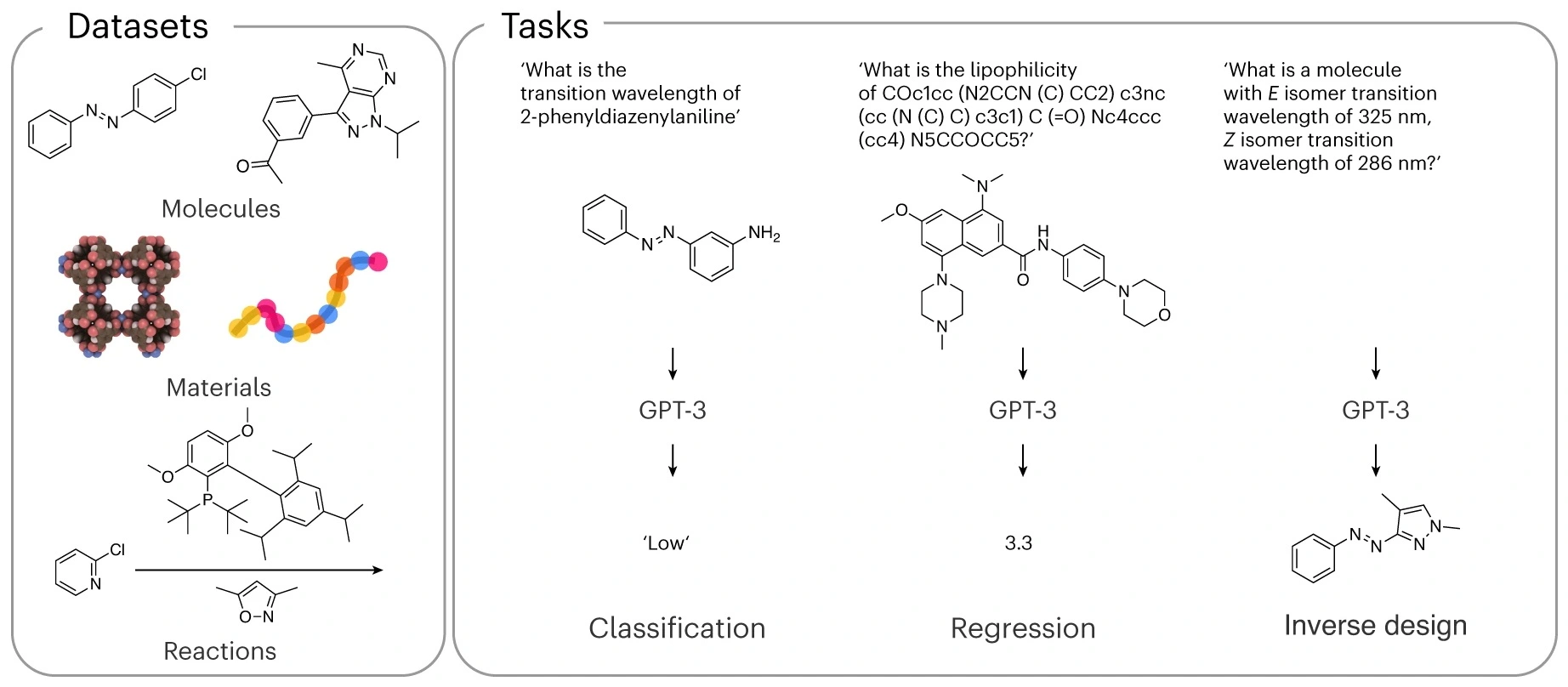A study published in Nature Machine Intelligence reveals the potential of machine-learning systems akin to AI Chatbots in accurately answering research questions in chemistry. Researchers found that with minimal adjustments, these general-purpose systems could rival or outperform specialized models in predicting molecular properties, reaction yields, and more, presenting a cost-effective solution for chemistry laboratories.
Led by computational chemist Kevin Maik Jablonka from the Friedrich Schiller University of Jena, Germany, the team utilized GPT-3, an early version of the ChatGPT AI Chatbot system, as their base model. They augmented it to address chemical queries by incorporating relevant literature data into its training set, enabling it to provide insightful responses on various compounds and materials.
One notable achievement was the system’s ability to predict the properties of ‘high entropy’ alloys, a relatively understudied class of materials composed of multiple metals in roughly equal proportions. Despite limited prior knowledge, the fine-tuned machine-learning model accurately inferred the arrangement of metals within these alloys, showcasing its versatility and adaptability.
Remarkably, the AI Chatbot system could make predictions even for materials not explicitly included in the training data, displaying a level of generalization akin to human reasoning. This democratization of predictive capabilities offers smaller chemistry labs access to advanced tools without the need for extensive financial resources or commercial assistance.
Chemical engineer Berend Smit from the Swiss Federal Institute of Technology in Lausanne underscores the method’s surprising efficacy, particularly in deriving predictions solely from chemical formulas. This approach has already found practical applications, with researchers like Andrew White from the University of Rochester leveraging it to design new catalysts, highlighting its immediate utility in real-world projects.
While current implementation requires manual data collection and formatting, future iterations aim to automate this process by extracting relevant information from existing literature. This advancement promises to streamline workflow and further broaden accessibility to predictive chemical analysis.
The study heralds a new era in chemical research, where advanced AI technologies democratize access to predictive capabilities, empowering researchers with valuable insights and accelerating innovation.










